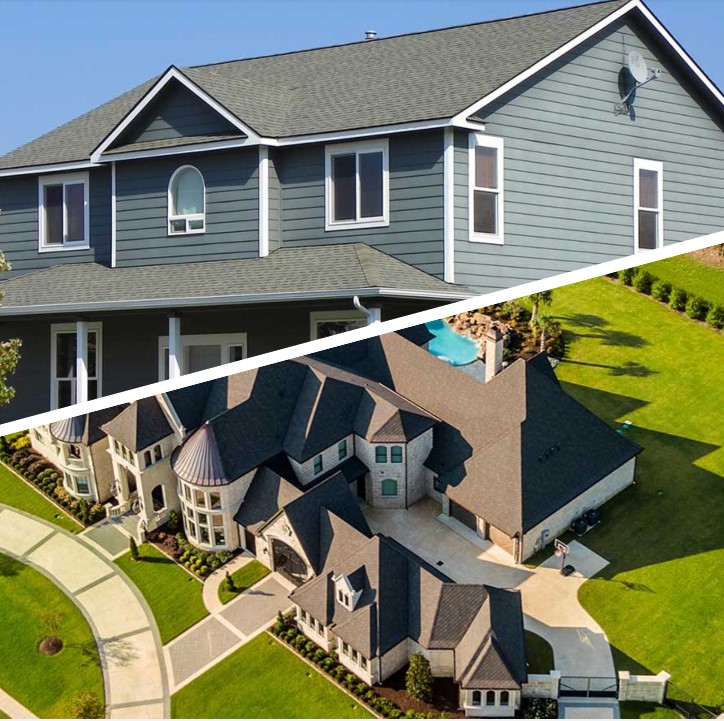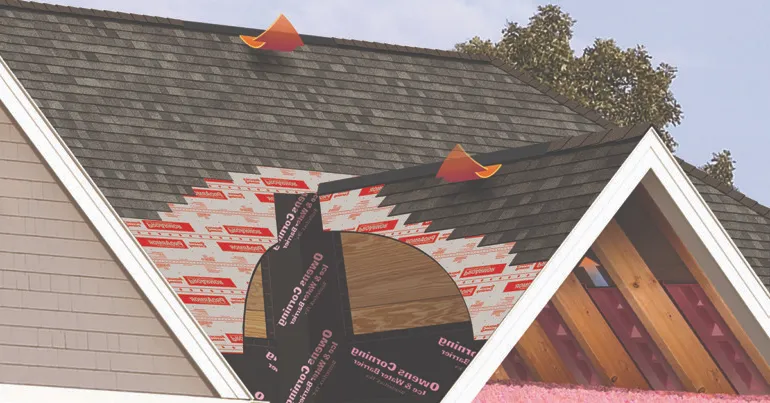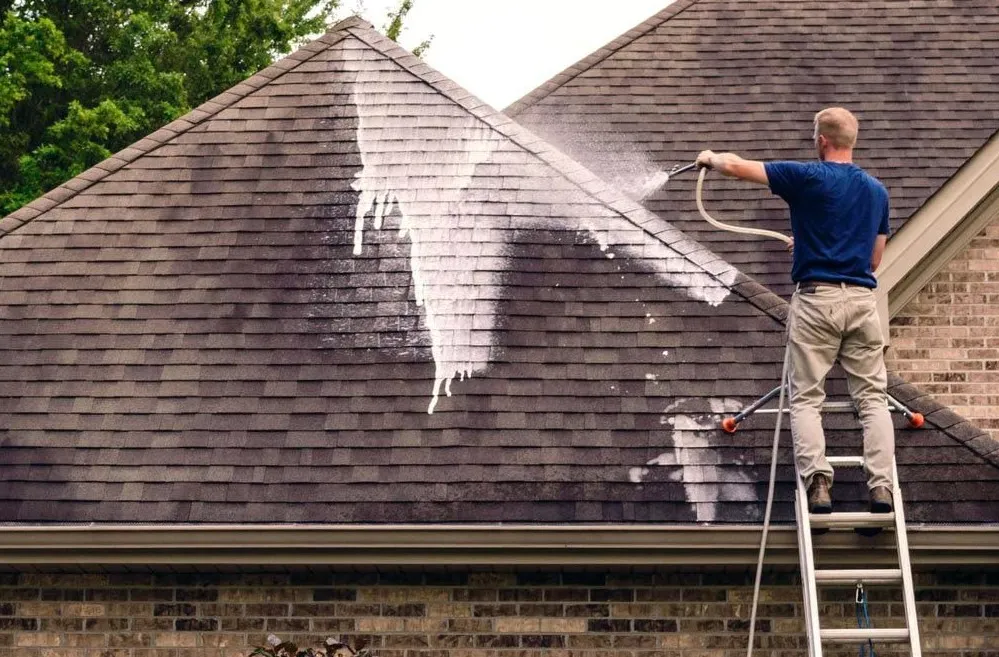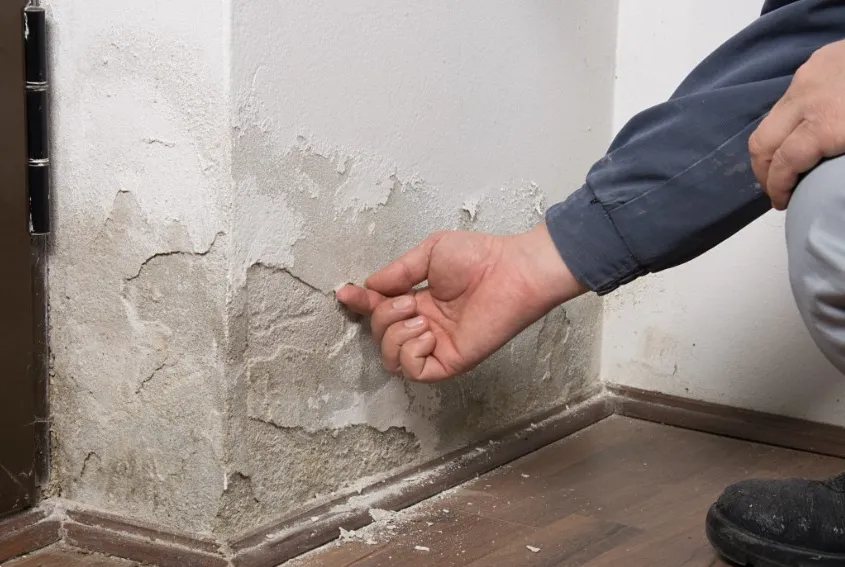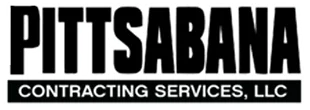What distinguishes a gable roof from a hipped roof? Today, we’ll examine both kinds of roofing. And we’ll demonstrate how to distinguish them in detail. So that you may understand the distinction between a hipped and a gable roof for yourself.
A hip roof is what?
There are no vertical ends to a hip roof. It slopes from all sides and culminates in a summit (if the structure is square). Alternatively, with the ends sloping toward a ridge created by the neighboring sides (if the structure is rectangular).
The outward angle created when two neighboring sides come together is referred to as the “hip.” due to the intricacy of the building requirements and design. Building a hip roof often costs more than a gable roof.
What is a gable roof?
The portion of the wall that encloses the end of a gable roof is known as a gable. Other meanings include the triangle-shaped area of a wall between the corners of gable roofs. What has to be made clear is that this portion of the gable roof has at least one gable and two sloping sides.
Hip Roof Pros and Cons
| Pros | Cons |
| Used for Lower Roof Slopes: Specific roof types require a steep slope to work effectively, so low-slope roofs can be challenging to roof in some situations. However, pitched roofs are quite stable and can be used on low-slope roofs. | Possibility of Leaks Near Dormers and Seams: Due to the complexity of its design, which calls for additional materials and installation expertise, pitched roofs are generally more expensive than gable roofs. |
| Stability: They are strong, long-lasting roofing solutions, making them a great option for homeowners who reside in regions with a lot of snow and strong winds due to their inward slope on all four sides and self-bracing design. | More Expensive: If a hip roof is constructed incorrectly, water leaks may occur around the roof’s dormers or other seams. |
| Consistent Eaves All Around the House: Your property may look more attractive if it has a uniform appearance throughout with uniform eaves and roof sizes. | Attic Space Is Limited Due to Slopes: Hipped roofs do not provide for as much attic space as gable roofs because they have a pitch on all sides of the roof. |
Pros and Cons of Roof Gable
| Pros | Cons |
| A Better Ventilation System for Attics: They have vaulted ceilings, which provide them a lot of attic space. This enables your home to have better air ventilation. | Simple Architecture with Low Curb Appeal: Gable roofs are often built using a straightforward design. Although some homeowners might be tempted to its simplicity, it doesn’t really improve the curb appeal of your home. |
| Sheds snow and water: The primary function of a roof is to shed water, snow, and other debris, and gable roofs excel in this regard. Because there won’t be any debris, ice, or snow left behind to damage your roof, the easier it is for your roof to shed itself of any weather elements and debris, the longer it will be able to last. | Less robust With Snow and Wind: In regions vulnerable to hurricanes and other storms, they might be an issue. Gable roofs are notorious to collapse in the face of strong winds if they are built with little support and with poor framing. If there is too much overhang, strong winds may raise the gable roof and cause it to fly off, as well as the house’s wall |
| More budget friendly: They are substantially cheaper than many other sophisticated roof designs since they are simple in concept and simple to construct. |
In Pittsabana we offer you the support you require without having to worry, since we are specialists in the roofing area. We attend you through our contacts. If you’re in the market for new roofing in Allegheny County, PA, turn to Pittsabana Contracting Services LLC Roofing Contractor in Ross Township, PA This local roofing company employs team members who are certified by CertainTeed and committed to delivering premium service on every job, from repairing storm-damaged commercial buildings to fully replacing residential roofs. Call (412) 580-6567 to speak with a friendly staff member to schedule service or visit the website to learn more about how they’ll help you.


